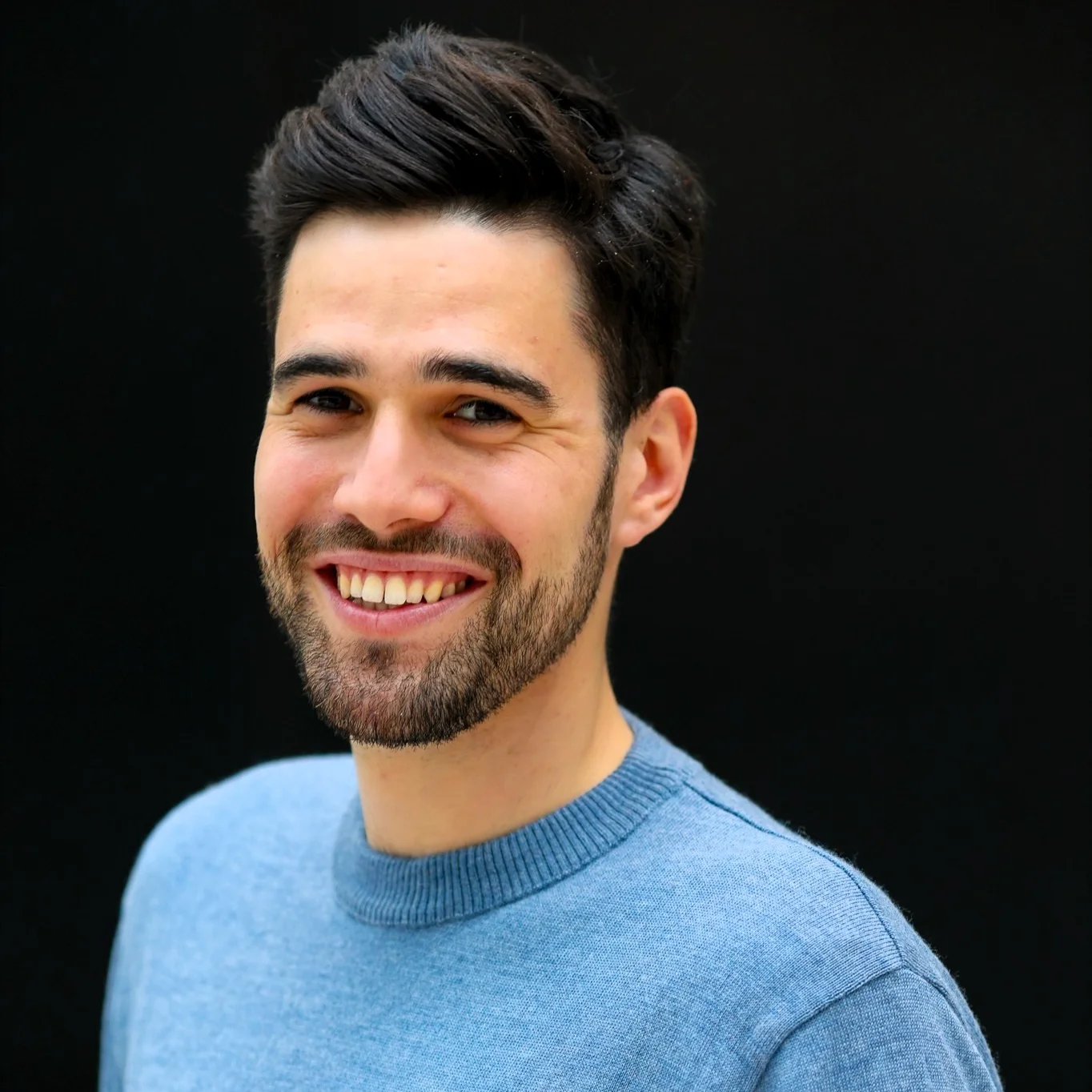AIT India 2025/26: Windworks
Meet Sébastien Le Fouest, one of the ten participants in the 2025/26 edition of the Academia-Industry Training India programme.
Interview with Sébastien Le Fouest

“Wind energy is central to the energy transition, yet large projects often stall for years due to complex approval processes and public opposition. This bottleneck leaves a huge share of the renewable potential untapped. At Windworks, we address this gap with mid-sized turbines designed for acceptance: compact, quiet, and suited to industrial and community sites where conventional wind farms cannot be built.”
What problem does your startup solve, and why is it important to you personally?
Wind energy is central to the energy transition, yet large projects often stall for years due to complex approval processes and public opposition. This bottleneck leaves a huge share of the renewable potential untapped.
At Windworks, we address this gap with mid-sized turbines designed for acceptance: compact, quiet, and suited to industrial and community sites where conventional wind farms cannot be built. By making wind power easier to deploy, we help to accelerate decarbonisation and strengthen local energy autonomy.
For me, this work is driven by a long-standing commitment to climate action. From my early studies in aerodynamics to leading Windworks today, I have been motivated by the belief that clean energy should be both technically and socially feasible. Our mission is to ensure wind power is not only powerful, but also practical and available where it is needed most.
What inspired you to become a sciencepreneur, and what has been your biggest “aha!” moment so far?
My professional purpose has always been to tackle climate change in a meaningful way. That conviction first led me into science, where I could sharpen my tools, learn to break down complex problems, and build solutions on solid ground. Along the way, reading 80,000 Hours provided me with perspective on the scale of impact that different career paths can have. This made me realise that while research can influence a small circle of experts, entrepreneurship is the way to bring solutions to thousands or even millions. That’s what inspired me to take the leap from the lab to the venture building.
My biggest “aha!” moment came when I understood that decisions are rarely made on the basis of rational arguments alone. You can have the strongest technology, the best team, and the sharpest go-to-market plan, but people commit when they feel a story resonate. Data builds credibility, but emotion creates conviction – and that insight has shaped how I lead and communicate ever since.
What unique perspective does your academic background bring to your startup?
Through academic research, I designed, built, and instrumented a vertical-axis windturbine prototype and collected real-world data – insights that typical commercial R&D timelines rarely allow for. We tackled the technology’s main limitation: dynamic stall. This occurs when a gust makes airflow peel off the blade, draining power and increasing stress. While industry often masks this with compromises like helical blades or extra struts, our lab work took a different path: real-time blade-pitch control that actively manages the flow and turns gusts from a liability into useful power.
What’s one surprising lesson you’ve learned since launching your startup?
It’s easier to raise money when you don’t need it.
If you could host a dinner with three innovators (past or present), who would they be and why?
Classic choice: Steve Jobs (Apple, Pixar & NeXT).
Visionary leader: Greg Jackson (Octopus Energy).
Rising star: Nicolas Weber (Voltiris).